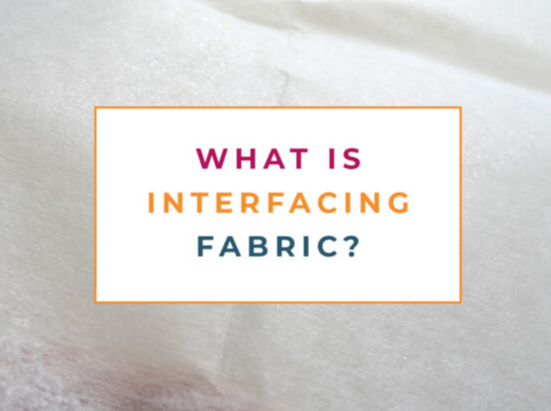What Is Interfacing Fabric
2023-02-17.
Interfacing fabric is a type of fabric that is used to add structure, stability, and support to other fabrics in sewing projects. It is typically made from a fusible material that can be ironed onto the wrong side of the fabric to provide additional rigidity and shape. Interfacing can be used to reinforce collars, cuffs, waistbands, and other parts of a garment that need extra support.

Interfacing comes in a variety of weights and stiffness, ranging from lightweight and flexible to heavy and rigid. The type of interfacing used will depend on the fabric and the specific needs of the project. For example, a lightweight interfacing may be used for a sheer fabric, while a heavier interfacing may be used for a denim fabric.
There are several types of interfacing available, including fusible interfacing, sew-in interfacing, and adhesive interfacing. Fusible interfacing is the most common type, as it can be easily ironed onto the fabric and provides a strong bond. Sew-in interfacing is sewn onto the fabric, providing a permanent bond, while adhesive interfacing uses a special adhesive to stick to the fabric.
Interfacing can be made from a variety of materials, including cotton, polyester, nylon, and rayon. It can also be made from specialty materials such as horsehair interfacing, which is used to add structure to hats and other millinery projects. Overall, interfacing is an essential component in many sewing projects, as it helps to provide shape, stability, and support to the final product.